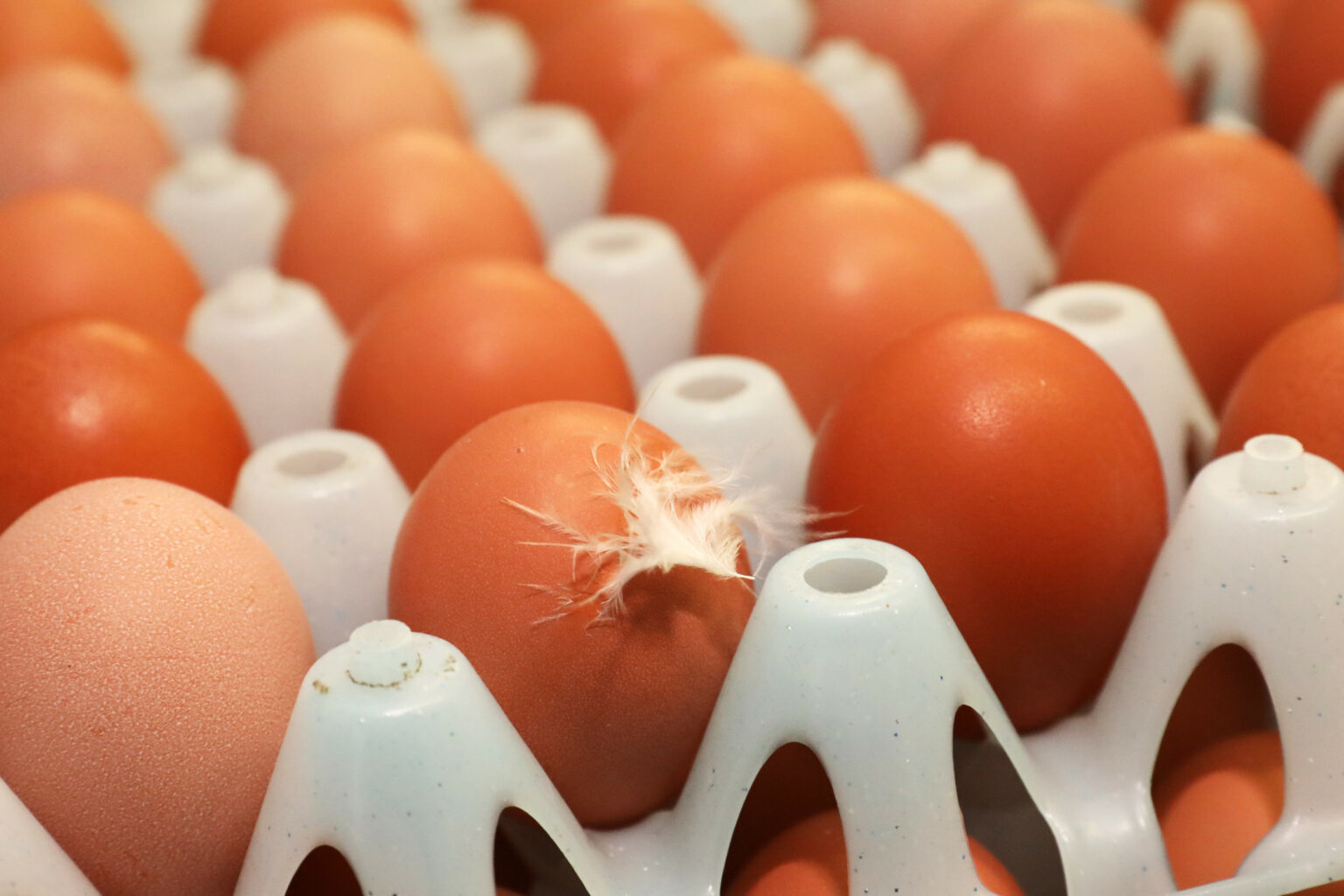The mass culling of laying hens due to highly-pathogenic avian influenza (HPAI) outbreaks remains a key factor behind the prolonged high egg prices in the United States. As 2025 progresses, industry experts predict little change in the situation.
Since 2022, nearly 160 million birds have been euthanized across the country to control the spread of HPAI and mitigate further suffering. This large-scale depletion of flocks has led to significant production shortages, causing the price of a dozen eggs to surge to nearly $5 (€4.80) on average nationwide.
Nevada’s Response to the Crisis
While the overall shortage of hens is an ongoing challenge, Nevada Governor Joe Lombardo is taking steps to address the issue within his state. On February 13, he approved a 120-day suspension of the state’s requirement to sell only cage-free eggs. This temporary measure aims to increase Nevada’s egg supply by allowing conventionally produced eggs back into the market, potentially leading to lower prices within a month.
Over the past decade, many US egg farmers have transitioned to cage-free hen housing, with egg prices remaining between $1.40 and $2 per dozen—aside from seasonal holiday spikes—until the emergence of HPAI in recent years.
Skepticism Over the Effectiveness of Policy Changes
However, not everyone agrees that loosening housing restrictions will significantly impact egg prices. Michigan Representative Jerry Neyer argues that the belief that cage-free laws are driving up costs is a misconception. He and others have pointed out that the majority of US egg farms have already adopted cage-free housing, implying that lifting such mandates in certain states will not meaningfully increase supply or reduce prices.
Contrary to these claims, data from the United Egg Producers shows that in 2022, only 34% of US hens were in cage-free production. Animal welfare groups estimate that the current figure has only risen to about 40%, or approximately 124.8 million laying hens. Meanwhile, in Colorado, a bill that repealed cage-free requirements took effect on January 1, 2025, but was subsequently abolished.
Egg Farmers Push Back Against Accusations of Price Gouging
As egg prices remain high, some consumers have accused farmers of profiting excessively from the situation. In response, young egg farmer Emily Martin took to TikTok to debunk this claim, emphasizing that egg farmers are not reaping massive profits. According to her, most egg producers operate under contracts that pay them only ‘cents’ per dozen, regardless of how much retailers charge consumers.
With avian influenza outbreaks continuing and supply chain issues persisting, it remains uncertain when, or if, egg prices in the US will return to previous levels.
